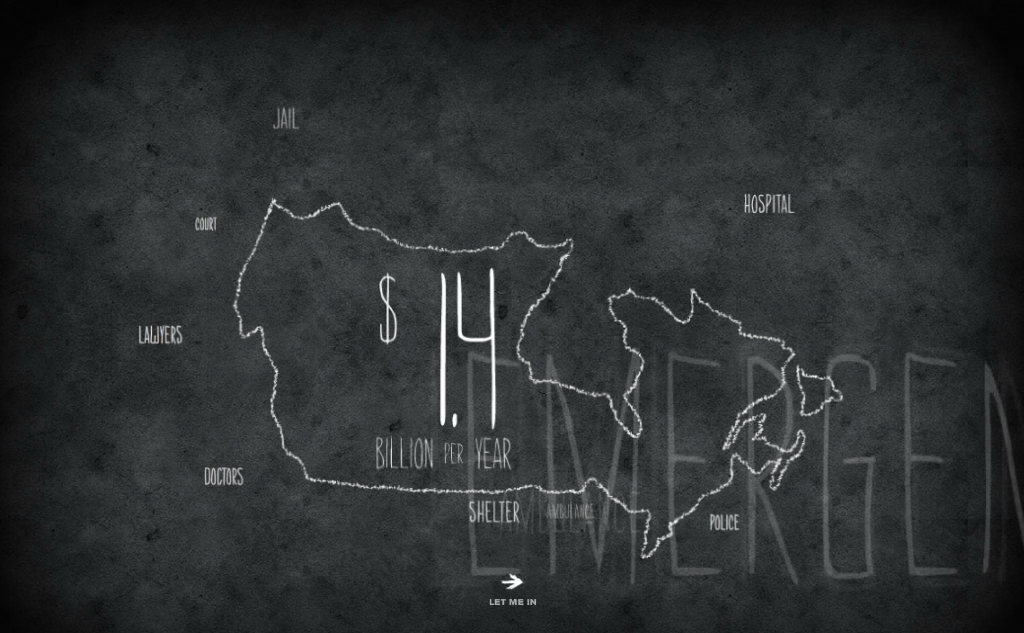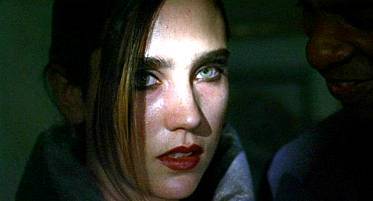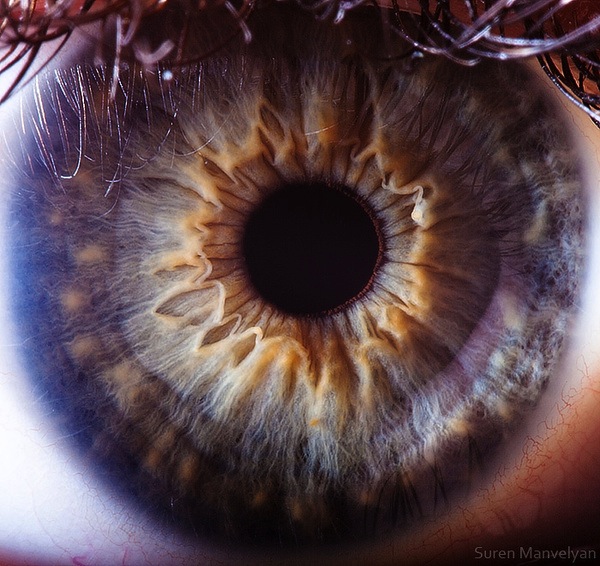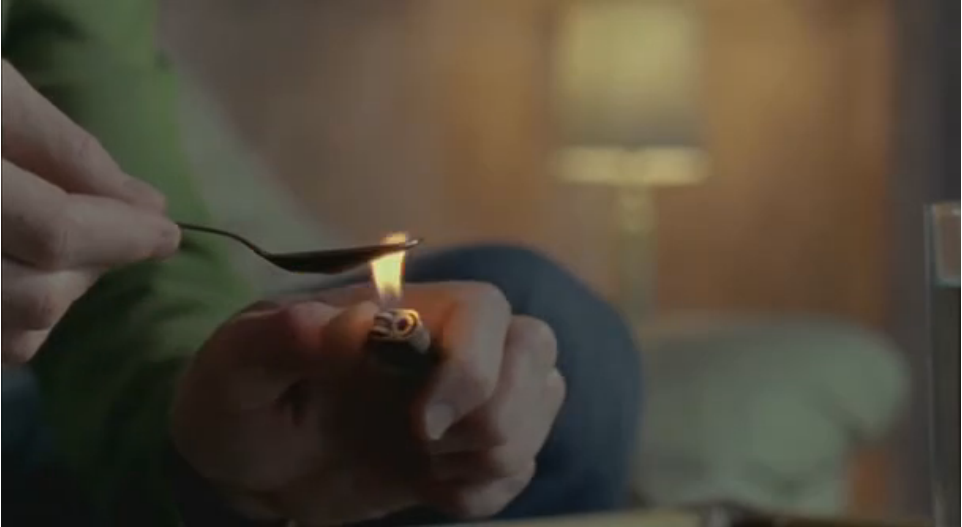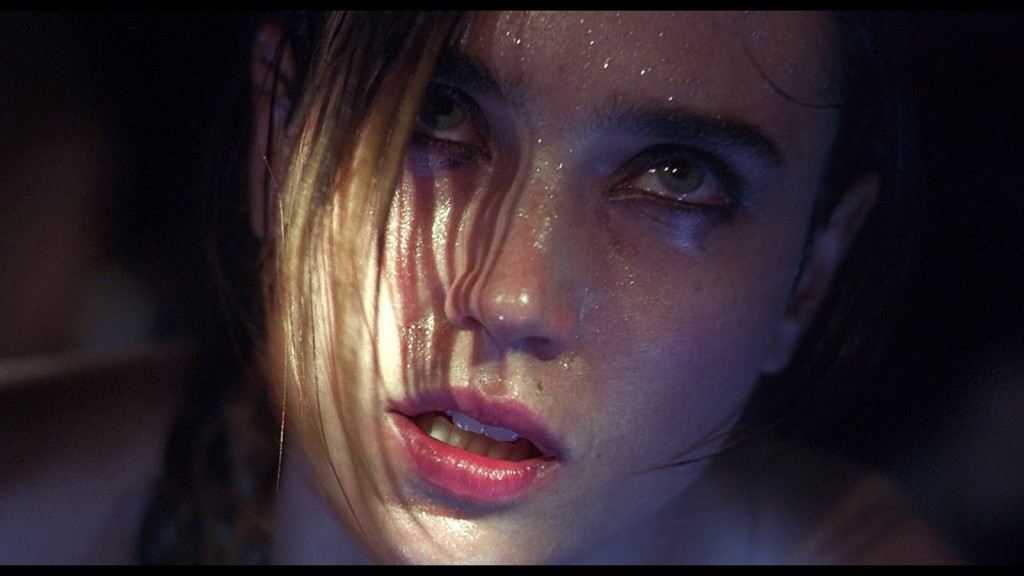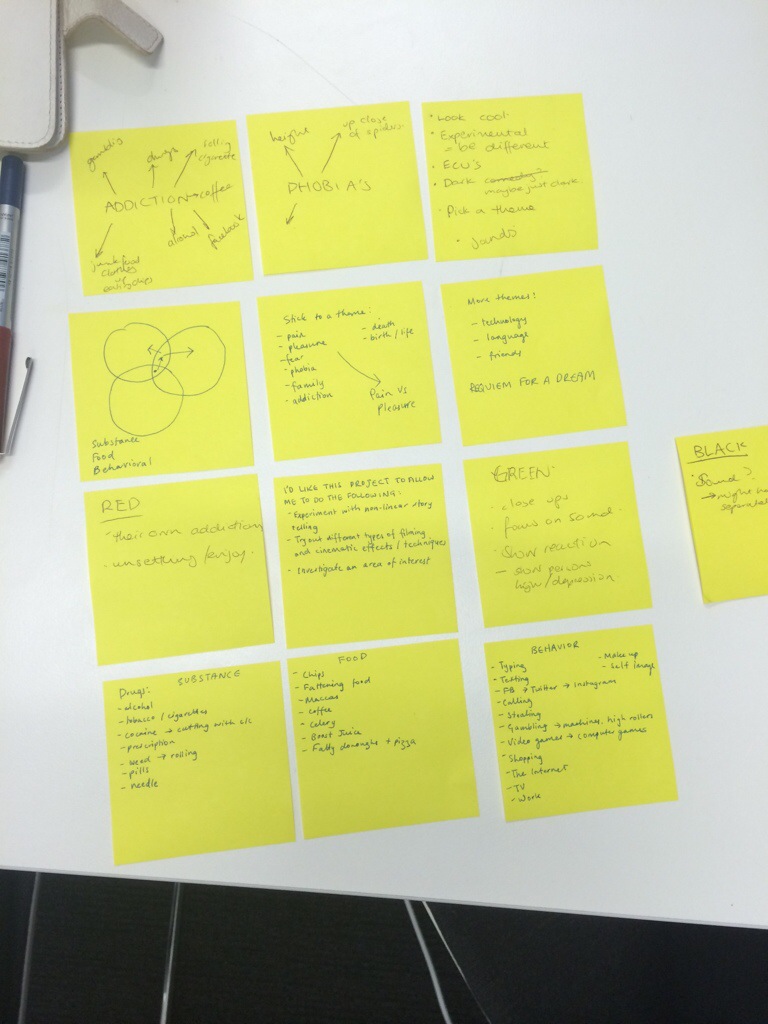Here at Home is an interactive web documentary about homelessness. It was a radical experiment to see if they could end homelessness. The interactive online documentary began with a short introduction. This introduction bombarded the viewer with statistics and information about homelessness and set the tone for the documentary.
From here, there was a page with hundreds of coloured dots.
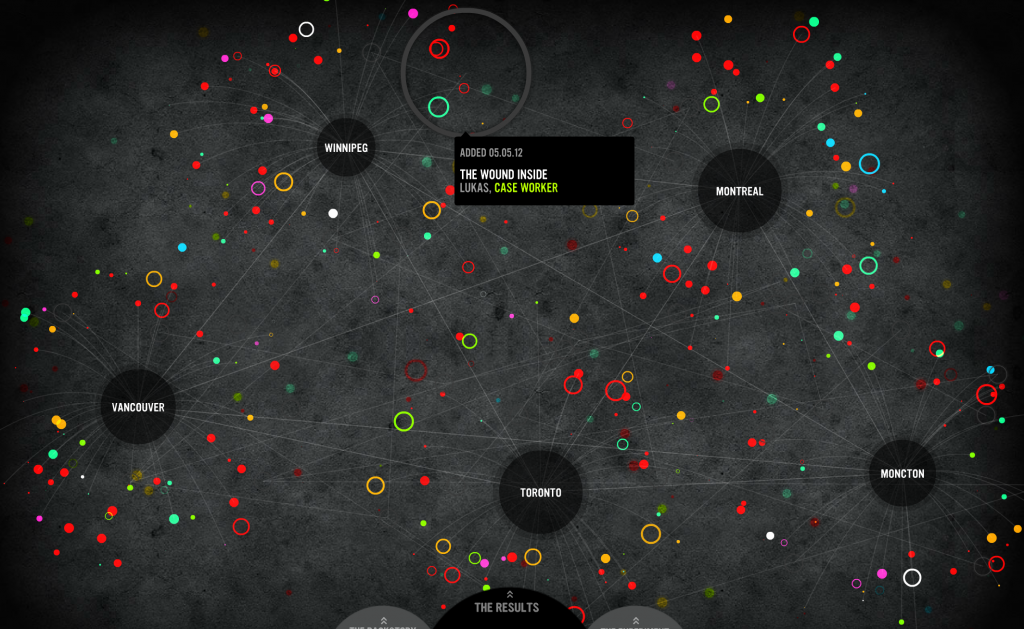 By hovering the mouse over one of the cities, information would appear giving the statistics of homelessness in that city. When I clicked on, for example, Vancouver, the website would transform to make Vancouver the main title, then giving all relevant information related to the study around it.
By hovering the mouse over one of the cities, information would appear giving the statistics of homelessness in that city. When I clicked on, for example, Vancouver, the website would transform to make Vancouver the main title, then giving all relevant information related to the study around it.
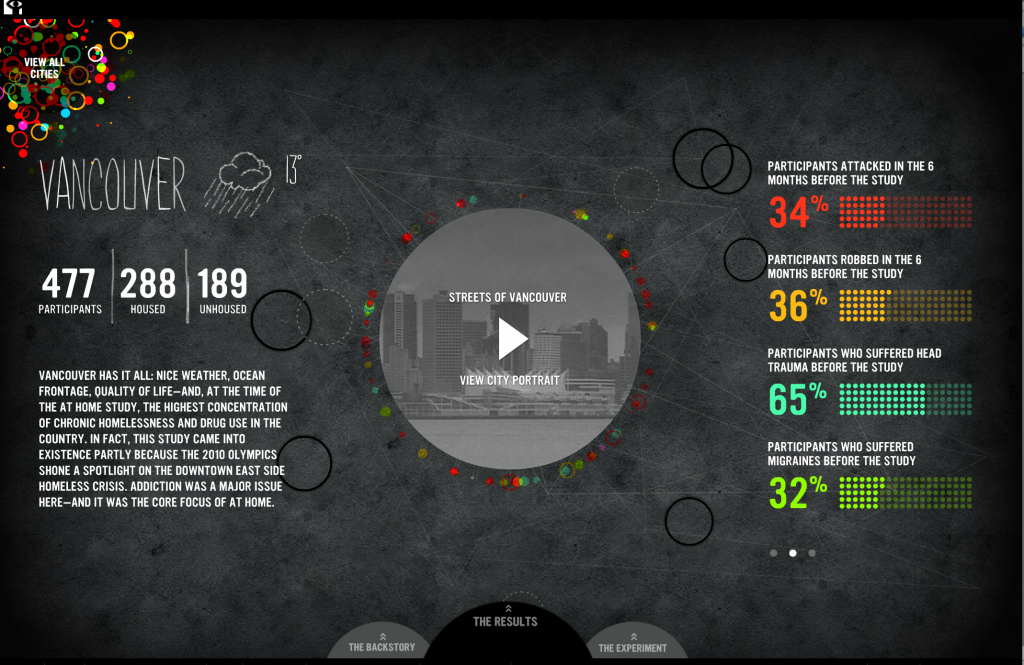 By clicking on the central circle, the video about the study in Vancouver would play. Otherwise, by clicking on the various statistics on the right hand side, the viewer could find out different additional information about the study.
By clicking on the central circle, the video about the study in Vancouver would play. Otherwise, by clicking on the various statistics on the right hand side, the viewer could find out different additional information about the study.
The range of colours and shapes throughout this documentary made it one that was exciting to look at. It seemed highly professional and was very aesthetically pleasing to look at. The interface complimented the story of the homelessness very well. It was easy to navigate and it was easy to get from it the information I wanted.
